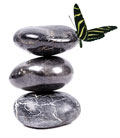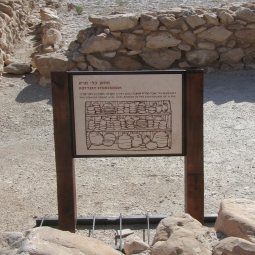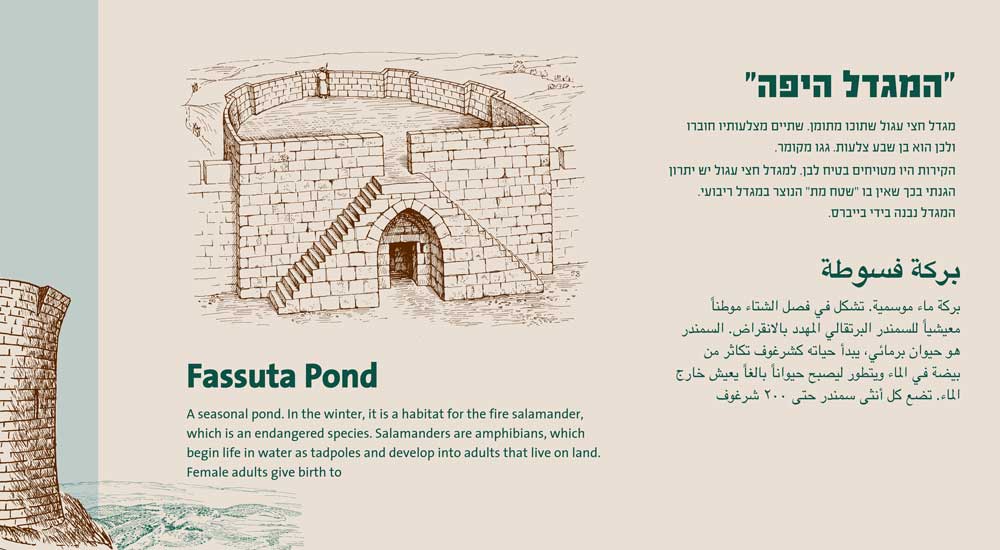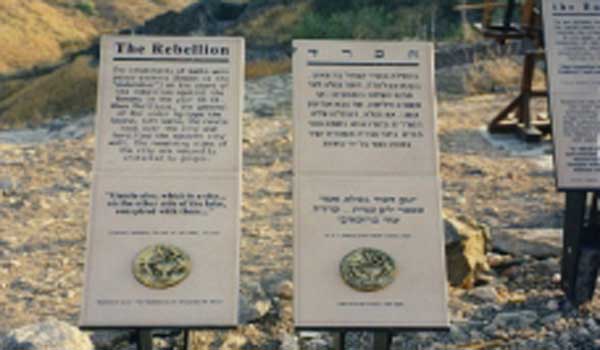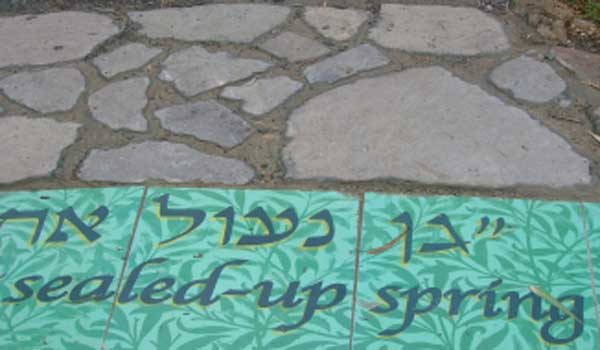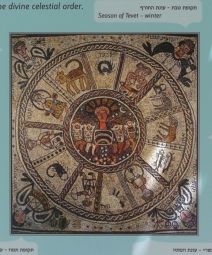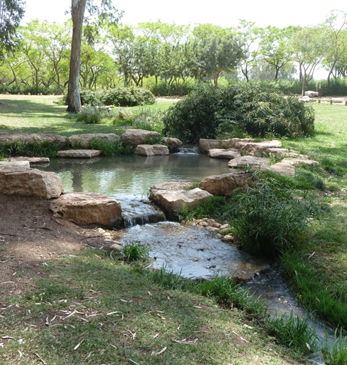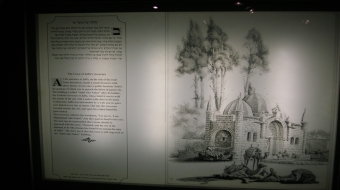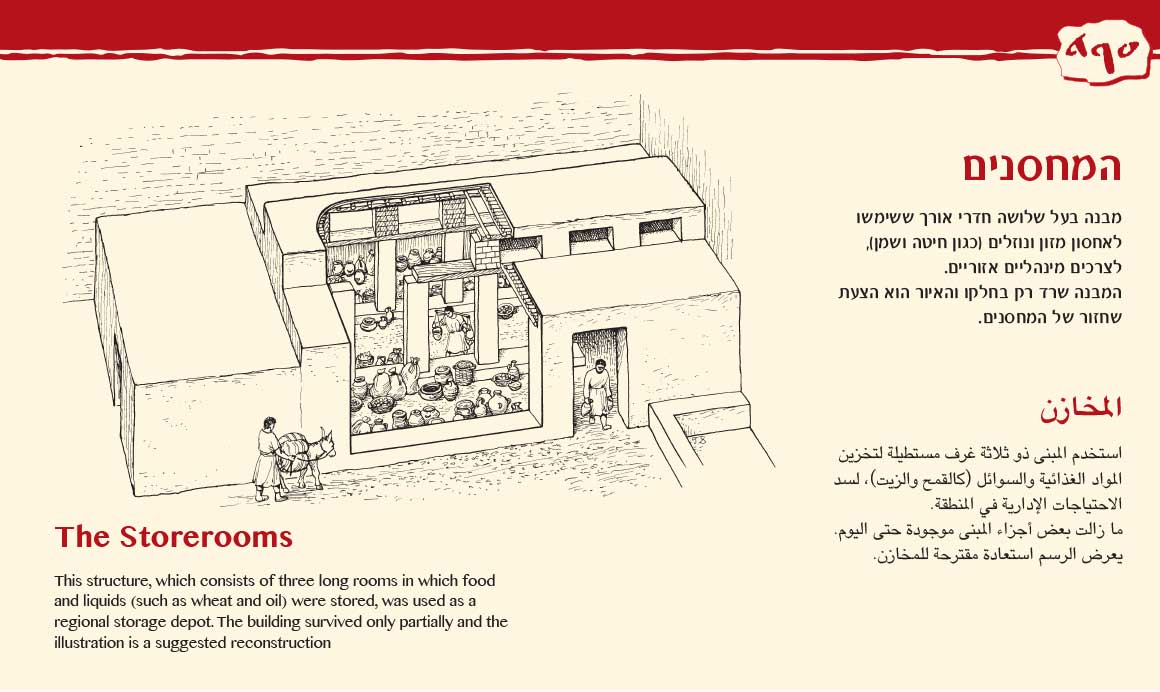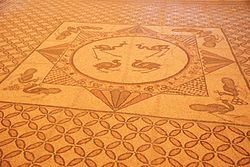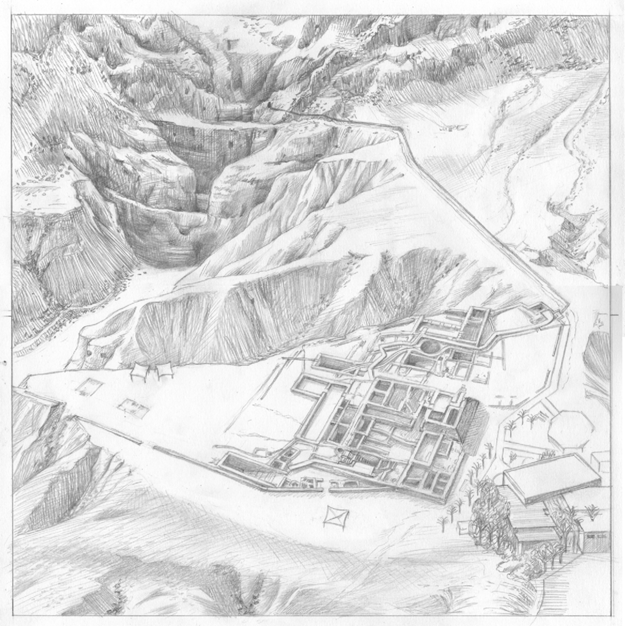My aims as a curator are: To create an open museum where visitors can have a walk-through experience of stories from every era, at every site, and in every region. To bring these stories alive credibly and authentically. To transmit information in tangible, varied ways that arouse curiosity and appeal to divers audiences. To promote a sense of discovery by visitors, observers, and listeners. To inculcate the messages of the site. Interpretive options are many and varied. They include:
The messages of the site are in the values its stories impart:
The conservation of antiquities as remembrances of past cultures for the benefit of future generations.
The conservation of nature and the environment for the benefit of visitors and surrounding communities, now and in the years to come.
The presentation of art in its various forms as expressions of the individual, the community, and various cultures in all times.
Texts
Reconstructions
Illustrations
Photography
Models
Films
Dramatic presentations and re-enactments
The creation of backdrops featuring furnishings, tools, and vessels.
The presentation of historical and archaeological finds to create authentic context and atmosphere.
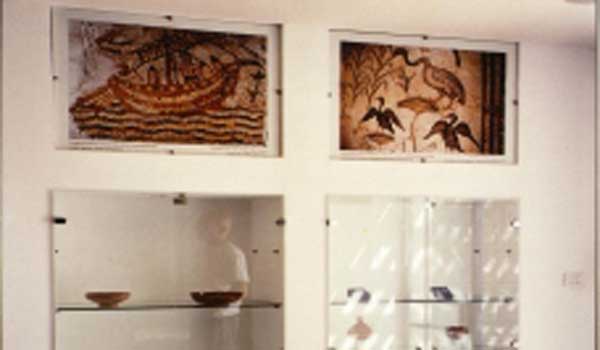
Caper Naum National Park
An archaeological and historical exhibit about the time of Jesus at a Sea of Galilee boat landing.
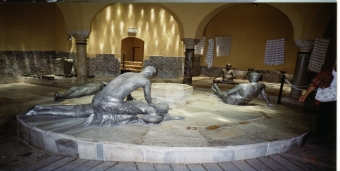
The Hamam Museum in Old Acre
The story of the Last Bathhouse Attendant” – a multi-screen, walk-through dramatic presentation in the Hamam Basha Ottoman-era bathhouse in Old Acre
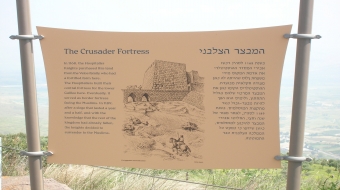
Kokhav Hayarden National Park
The story of the Crusader fortress in a magnificent natural setting overlooking the Jordan Valley.

Taninim Stream Nature Reserve
Site of an ancient dam, with old mills and a connection to Caesarea; the last clean stream in Israel, birds, and the story of the crocodiles.
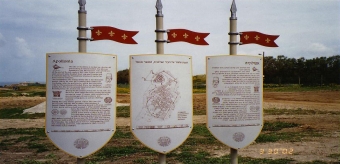
Apollonia National Park
An archaeological tell with a cliff-top Crusader fortress overlooking the sea.
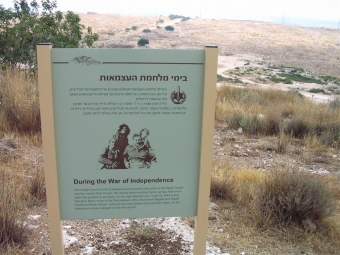
Migdal Tsedek National Park
An imposing fortress above the ancient Afek Pass near the present-day city of Rosh Ha‘Ayin.

Old Tel Aviv Cemetery
Interpretation at a site where sanctity exists alongside powerful sagas of Zionist history and the beginning of the first Hebrew city.
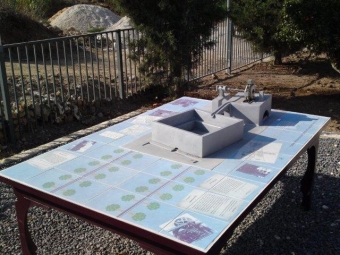
Land of Reuben Lerrer in Nes Ziona
A unique museum which tells the story of Reuben Lerrer and his family on the time of the first immigration to Israel.

Nitsanim Dunes Nature Reserve
Located between Ashdod and Ashqelon on the ancient Via Maris (Way of the Sea), a beautiful dune reserve featuring a variety of flora and fauna and unique winter rain pools.
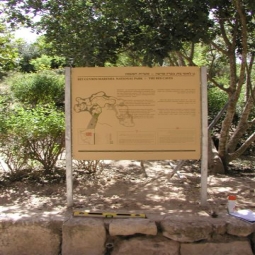
Bet Govrin-Maresha National Park
Man-made bell caves, the vegetation, birds, and nature’s handiwork, and the story of the ancient city of Maresha, including the reconstruction of agricultural installations.
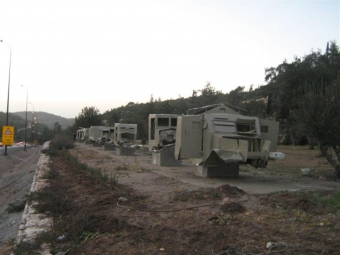
The Armored Convoys
Commemoration of the armored convoys that went up to Jerusalem during the 1948 War of Independence.
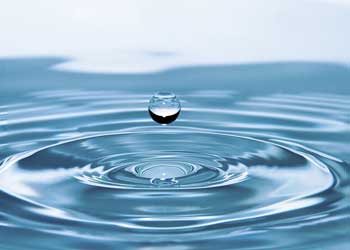
En Hemed National Park
Springs and landscaping in a pastoral setting, and a fortified farm from the Crusader era.
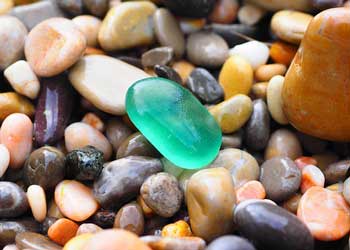
The Hinnom Valley
A magical place in the heart of Jerusalem that tells stories of life and death spanning 3,000 years (within the Jerusalem Walls National Park.)

Nabi Samuel National Park
Hellenistic quarter and a crusade fortress in the buried place of prophet`s Shmuel

Tel Tsafit National Park
An impressive tell in the Judean Lowlands (in Haruvit Forest), which is the Philistine city of Gath.
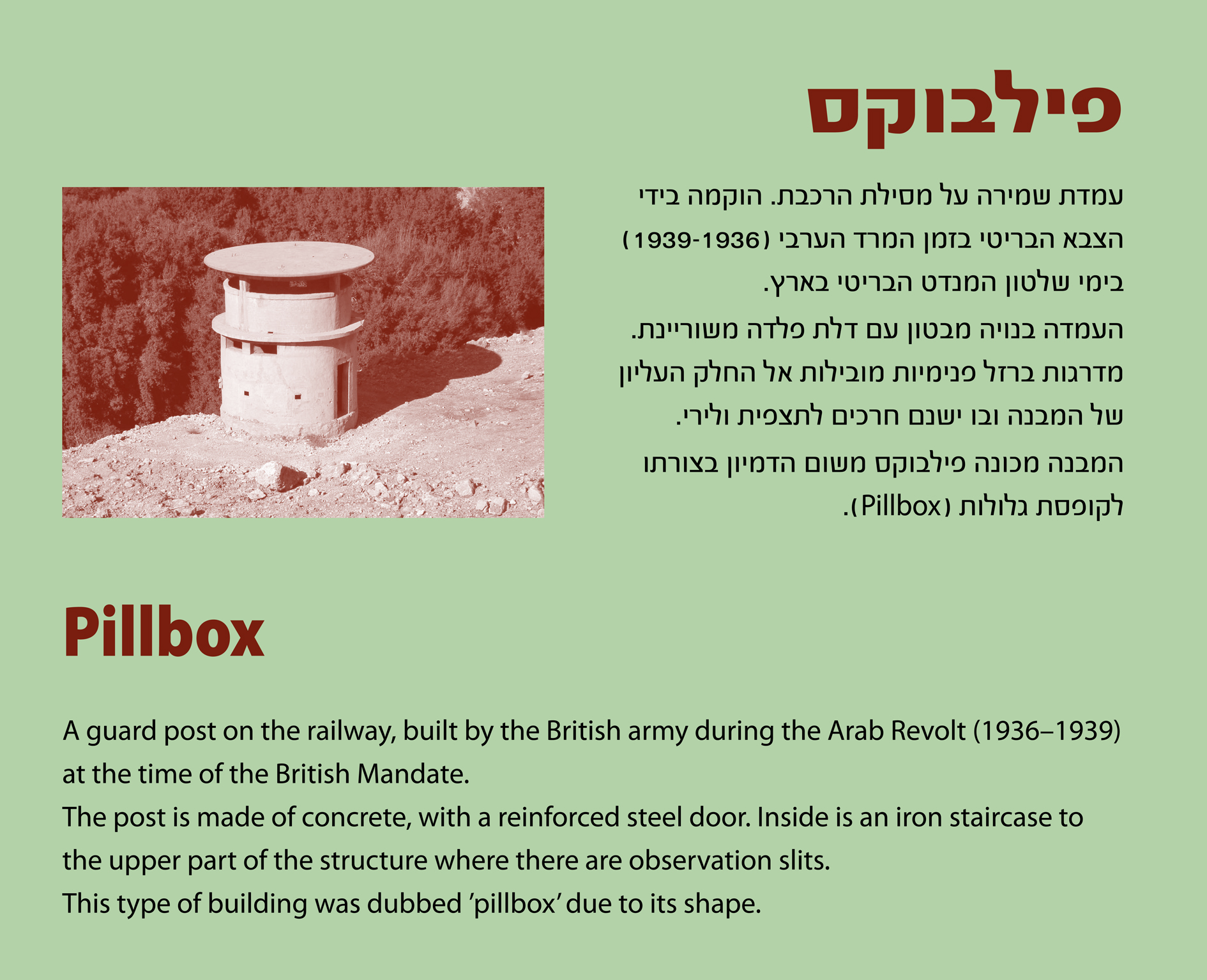
Sorek Stream Nature Reserve
Explenations about the reserve and about the old Bar Giora train station.
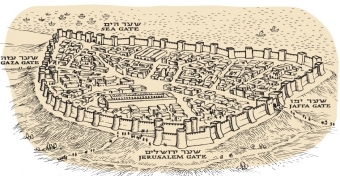
Ashkelon National Park
From the ancient Canaanite gate through the Roman city, and to the Muslim city and the struggle against the Crusaders.

The Ancient Water Systems Park in Be’er Sheva
A reconstruction of Be’er Sheva’s ancient water systems at the city’s Science Center.

Tel Be'er Sheva National Park
A biblical site from the Israelite period. The main stratum to be seen on the mound is stratum 2, a city dating from the eight century b.c.e. A planned city with an impressive water system.
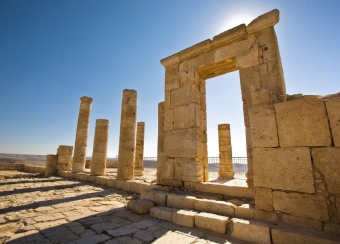
Avdat
A station on the Incense Route and a big and impressive settlement in Byzantine period. World Heritage Site.
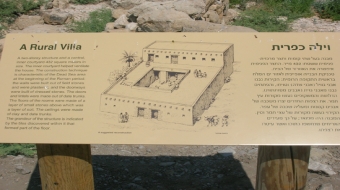
Enot Tzukim Nature Reserve
The lowest oasis-reserve in the world, containing amazing natural phenomena and an archaeological site.
